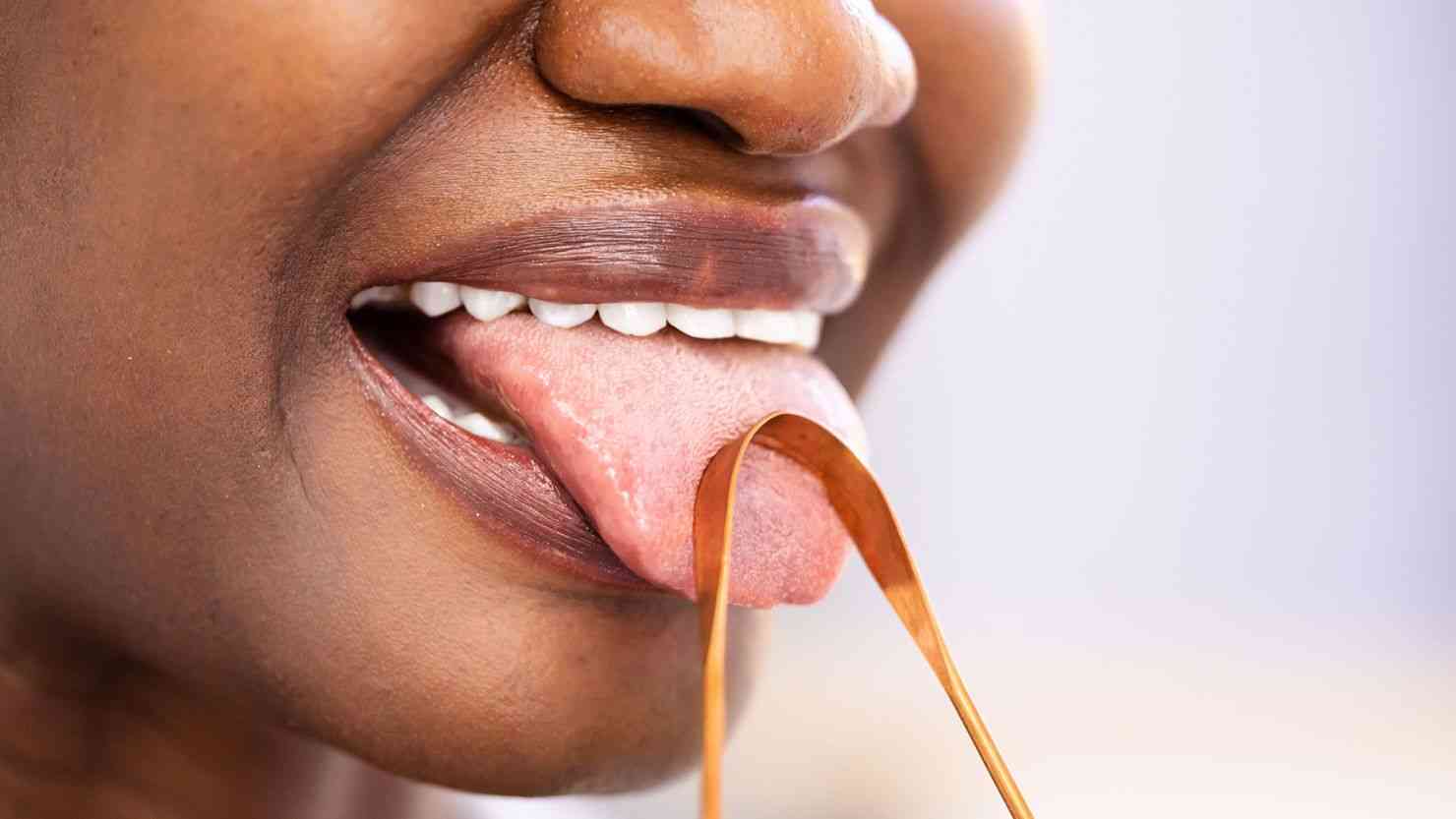
IT is important not to overlook even the smallest oral health details because this can lead to catastrophic outcomes.
People often say dental services are expensive, yet a lack of knowledge costs more.
For instance, one person can decide to brush their teeth and gums everyday yet overlook tongue hygiene despite the fact 90% of the bacteria in the mouth come from the tongue, making it the most neglected yet critically important organ.
Why is the tongue often overlooked?
The tongue is often disregarded because, unlike gum, teeth, and skin, tongue issues are rarely visible or painful until the late stages.
Familiarity often causes people not to consider the tongue as a special organ. For instance, Western medicine focuses more on tooth decay and periodontal disease, while tongue health is relegated to other niche fields, hence people become less acquainted with it.
Additionally, people do not actually know how the tongue is greatly valuable to them until they have had to resect it during surgery. Sadly, it always takes someone to lose something for them to appreciate its value.
Why is the tongue very important?
- The Death of Tomorrow
- Navigating the challenges of teething: A comprehensive guide for parents
- Tongue hygiene: A paradox of importance and oversight
- The silent agony of temperature-sensitive teeth: Understanding and overcoming ambient thermal dental pain
Keep Reading
The tongue is the paradise for bacteria, but it is also important for a lot of factors that include speech, gustation (taste), mastication and deglutition (swallowing).
This special organ contains small, raised structures called papillae. There are four types of these structures, namely, fungiform, filiform, foliate and circumvallate.
Most of these structures contain taste buds, which help to detect sweet, sour and bitter flavours, except for the filiform type. The latter is the most abundant type on the tongue; its function is to provide a rough texture to help to hold and move food around during chewing to ensure efficient and successful transfer to the esophagus.
The papillae are temperature-sensitive, which allows temperature discrimination when eating food and ensures safety during eating. They also protect us against harmful toxic chemicals, which are detected by the circumvallate papillae, which are responsible for the bitter taste. In childhood, the tongue is responsible for shaping the kid’s tooth arc. The wrong position of the tongue due to poor sleep posture, as well as mouth breathing during sleep could result in a lot of malocclusion problems, which requires even more extensive and expensive corrective treatment. Hence, the tongue plays a significant role in several aspects of our oral health.
What is the normal appearance of the tongue?
The typical normal tongue appearance is pink-red with mild variations in tone; the tip and the edges of the tongue may be bright red due to more blood vessels around those areas.
The surface should be partially rough due to the papillae; the tongue should never be smooth, for this can indicate different systemic illnesses. The white coating should be thin and is not supposed to scrape off or smell; if it does, please visit the dentist.
The tongue is meant to be moist, not dry; if any dryness is exhibited, it is a sign for xerostomia (dry mouth) and if persistent, please seek medical attention. The tongue should fit perfectly into the mouth without any scalloped edges due to the pressing of teeth; if noticed, this could be a sign of dehydration, nutritional deficiencies, hypothyroidism and other conditions that may lead to the swelling of the tongue.
What are the common tongue variations?
- Fissured or scrotal tongue
This type has grooves of different depths and locations, which can cause the tongue to have a wrinkled appearance. It is most common in men and higher incidences are mainly observed with aging. Fissured tongues can be inherited. They are usually painless unless there is an entrapment of debris within the fissures. This condition poses no threat and no treatment is necessary except for good oral hygiene and the incorporation of a tongue scraper in your routine.
However, in some cases, a fissured tongue could be associated with a condition known as Melkersson-Rosenthal syndrome, which is a rare chronic neuro-mucocutaneous (involving nerves, the mucous membrane as well as the skin), that has a 0,08% prevalence.
- Geographic tongue
It is characterised by lesions that appear as map-like areas (hence the term geographic), which may differ in their distribution over time. The areas affected may return to normal and new lesions may migrate to other parts of the tongue. The geographic tongue only affects about 1–3% of the adult population worldwide, is more prevalent in women than in men, and is less common in children.
The exact cause is still unknown, though it is linked to several factors, which may include genetics, allergies, psoriasis, diabetes and medication like oral contraceptives. Usually it is asymptomatic (painless), though sometimes a burning sensation can be felt.
Due to the painless nature of this type of ailment patients usually do not require treatment; however, if a burning sensation is experienced, patients are advised to visit the dentist immediately. It is advised to avoid eating spiced and acidic foods and maintain good oral hygiene with toothpastes that do not contain dyes and preservatives.
Other appearances that may surface and are not described above are a sign of pathology on the tongue. It could be due to systemic causes or local causes, but treatment is required. Vigilantly paying close attention to the appearance of your tongue, coupled with implementing good oral hygiene practices, scraping the tongue at least once a day is clinically imperative given the tongue’s role as the primary microbial reservoir in the oral cavity.
- Patience Matambo (BSc Dental Surgery) champions the notion of improved dental literacy in Zimbabwe and Africa at large as an endeavour towards the realisation of the one health objectives. She can be reached at patiencedental2024@gmail.com.










